Senryu:
石鎚山: Mt. Ishizuchi Japan
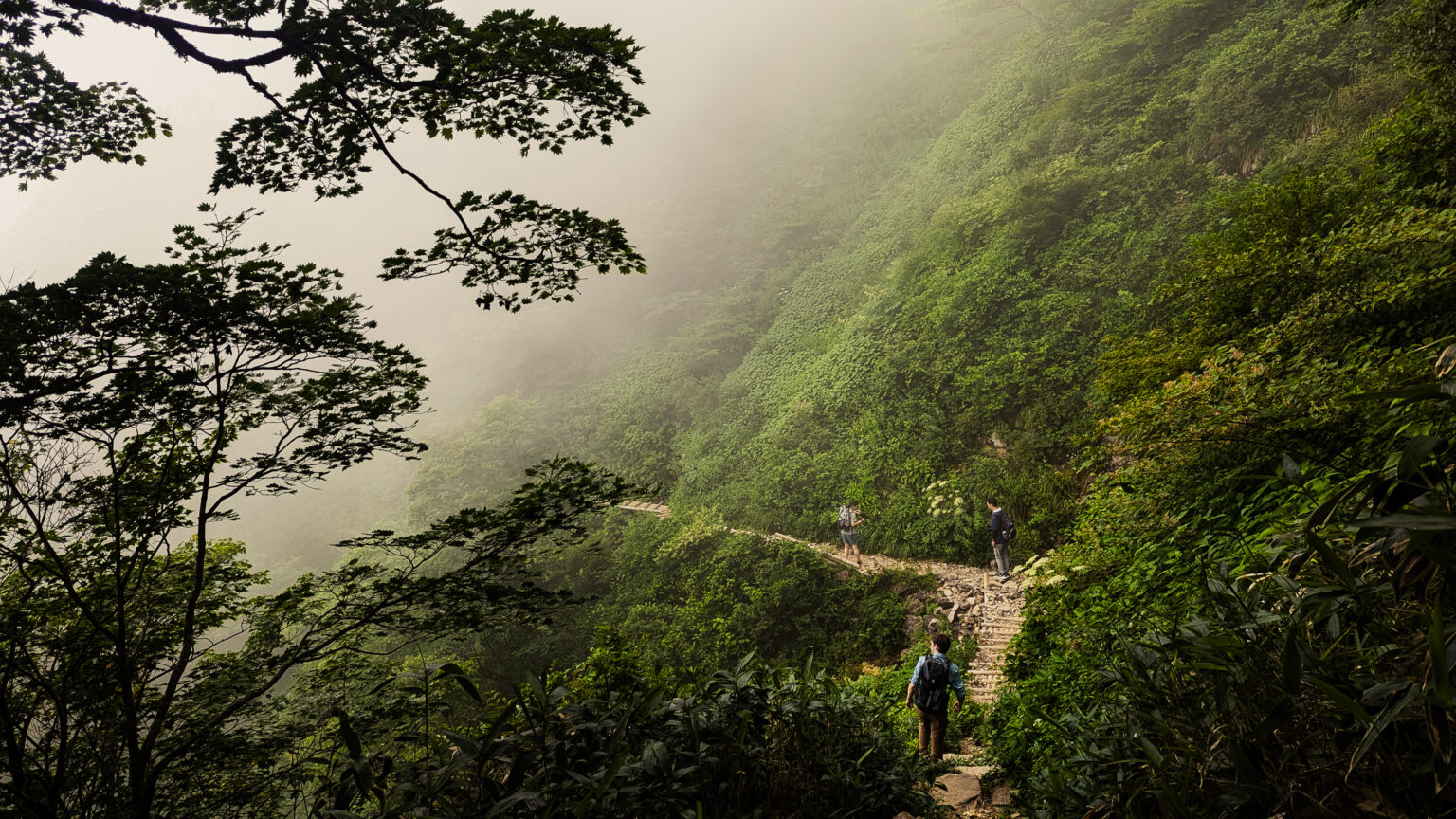
On August 3rd, 2024, I hiked Mt. Ishizuchi.
Having just arrived in Japan on July 28th with the JET Program, I was still getting used to my new surroundings. When my supervisor and another ALT invited me to join them on this hike, my enthusiastic and slightly crazy self eagerly said “yes,” despite not being fully acclimated or rested. Looking back, I’m so glad I did.
Mt. Ishizuchi had long been on my bucket list. Known as one of the seven sacred mountains of Japan and the highest peak in Shikoku, I never imagined I’d get the chance to climb it so soon. The invitation was impossible to resist. I’m incredibly grateful for the supportive and patient group I hiked with; their presence made the journey all the more meaningful.
Every step of the climb was a meditative experience. I made a conscious effort to focus on my energy, spirit, and mind, feeling the strength in my legs, the rhythm of my lungs, and the beat of my heart. This mindfulness led to my first haiku:
Senryu: "The Stone Self "
石鎚が,
巡礼と自己,
実現や
Ishizuchi ga,
junrei to jiko,
jitsugen’ya
It’s the stone hammer,
The pilgrimage, and the self.
Driving fulfilment.
This senryu is about my experience on Mt. Ishizuchi. The “stone hammer” represents the mountain itself, the pilgrimage symbolizes the journey and the people who share it, and the “self” signifies the awareness of existence. These three elements intertwine to create a profound sense of fulfillment, making the mountain much more than just a physical challenge.
I saw this hike as a window into my inner expectations in Japan. The stone hammer is the goal, the task at hand. The pilgrimage is the community, the land, and the life that shapes the experience. The self is crucial because, without self-awareness, gratitude is impossible. Recognizing and understanding your emotions and thoughts is essential to feeling gratitude and happiness. External factors like the stone hammer and the pilgrimage constitute two-thirds of fulfillment. The final part is the self. DON’T IGNORE THE SELF!
The Japanese version of my haiku took about an hour to translate. I wanted to stay true to the 5,7,5 rule of Senryu. To do this, I did need to change the wording a bit but I made sure to keep the same meaning. The direct translation is Ishizuchi, the pilgrimage and self-realization.
I’m not the fittest person; some might even say I’m far from it. But that’s the beauty of hiking. It’s not a race, it’s not about being fit, and it’s not even about reaching the summit. It’s about discovering your limits, understanding your capabilities, growing, and setting new goals. It’s about respecting nature and your body. This mountain was a real challenge. There were so many steps! My thighs were burning, and even now, as I write this, they still ache. My legs were trembling as I descended.
Yet, it was an incredible experience. You might wonder why I consider pain a good thing. It’s akin to the saying “no pain, no gain,” but for me, it was about being alive. In that moment, despite the pain, I was truly living. I was fortunate to feel that pain, to be on that mountain, fully present in the moment.
This leads me to the next senryu, along the way I noticed the wildflowers and agriculture. So many varieties of trees, and bugs! The mountain is full of life!
Senryu: "Ajisai - Hydrangeas "
アジサイが、
風に吹かれて.
鼓舞と理由.
Ajisai ga,
kazenifukarete.
Kobu to riyū.
Wild hydrangeas wave,
with the gentle wind and grace.
Encouraging growth.
In Texas, hydrangeas are notoriously difficult to grow and keep alive. Yet here in Japan, they thrive in the wild. Many species of flowers that struggle in Texas are flourishing effortlessly in Japan. This sight was incredibly encouraging. Seeing hydrangeas survive and bloom on the wild mountainsides was both beautiful and inspiring. It reminded me that even if growth is hard in one place, it’s possible to thrive in the right environment.
In Japan, perhaps I can find that right environment for my spirit and happiness, a place where I can grow just like those hydrangeas.
Crafting a haiku in English follows the 5-7-5 syllable pattern, but translating it into Japanese was challenging. Using DeepL and Google Translate resulted in too many syllables, so I had to carefully choose words that conveyed my experience while fitting the 5-7-5 structure. I focused on inspiration and reason, as these flowers inspired me and gave me a reason to keep moving forward.
If you struggle to grow in one place, perhaps it’s not the right environment for you. There might be a better place where you can flourish and find happiness.
Reaching the top of Mt. Ishizuchi was a triumph in itself, but it was made even more special by the delicious Ishizuchi-san curry I had the pleasure of eating. This culinary delight was a unique and memorable experience, offering a taste of local flavor in an extraordinary setting.
At the summit, there was also a shrine where I had the opportunity to pay my respects. This added a spiritual dimension to the journey, making it a truly enriching experience. Combining the physical challenge of the hike with the nourishment of good food and the serenity of the shrine created a moment of profound fulfillment.

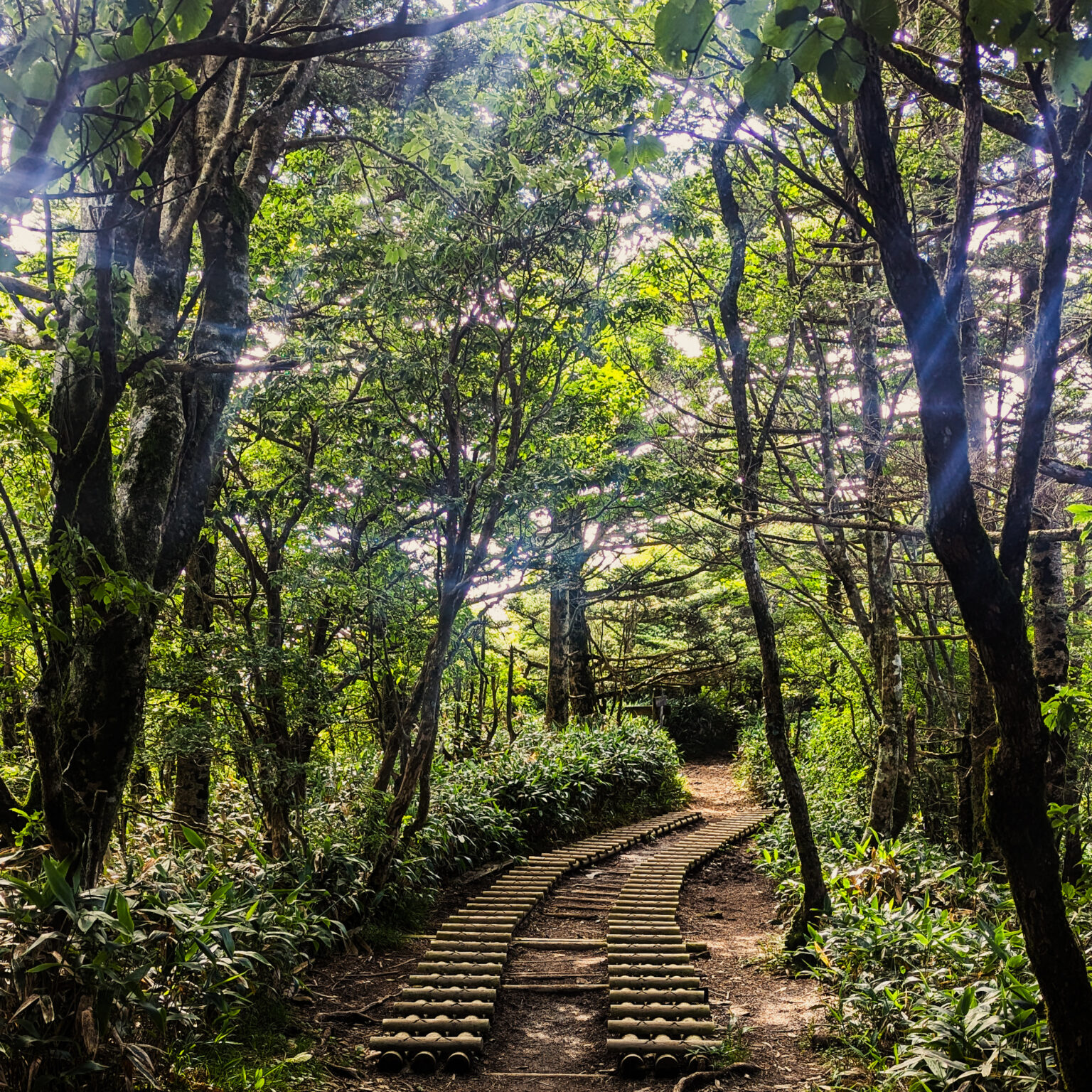


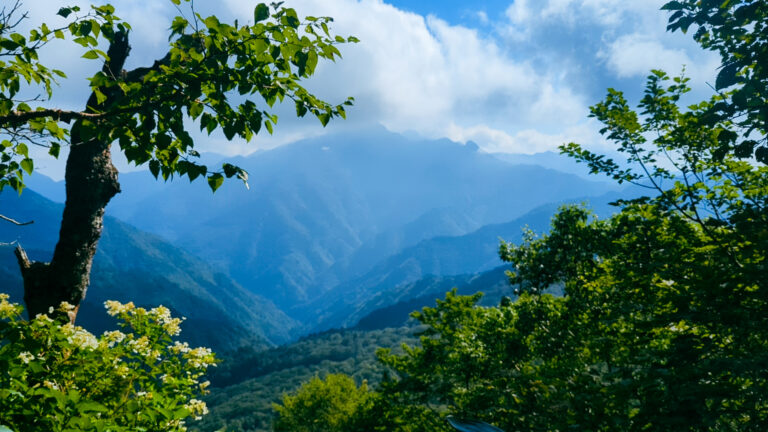

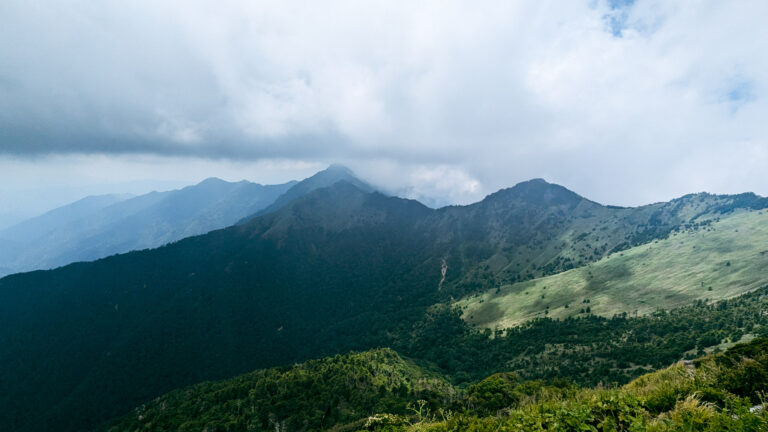
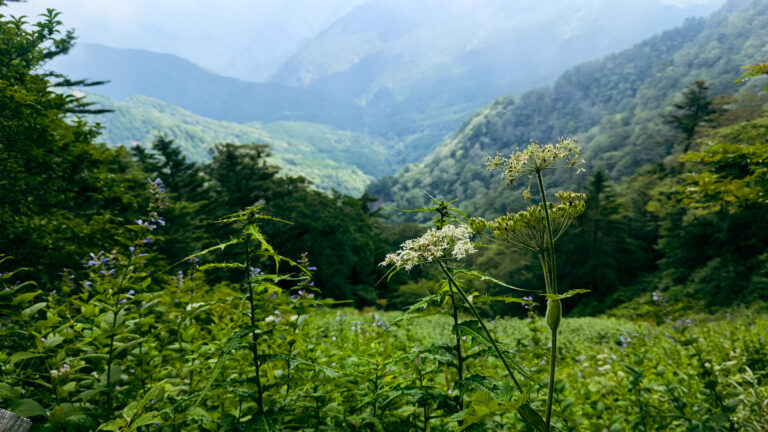
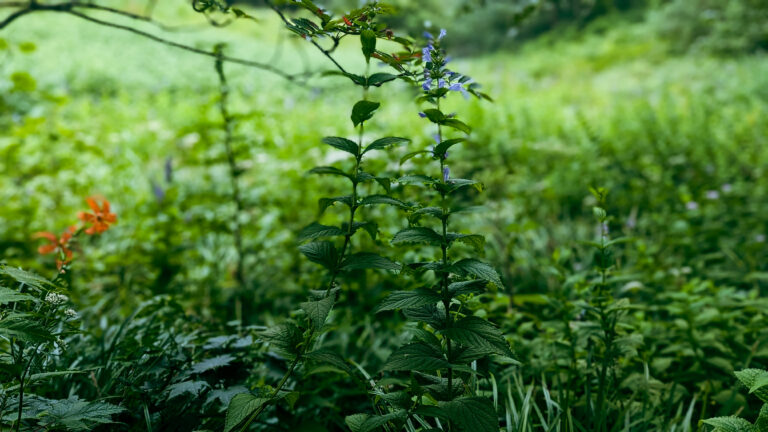

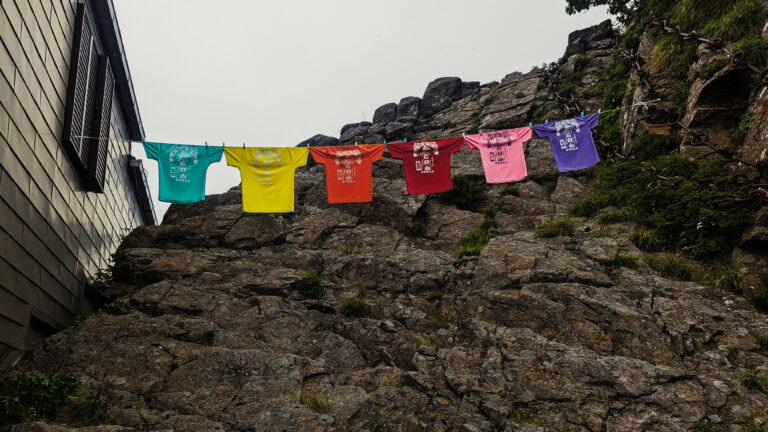
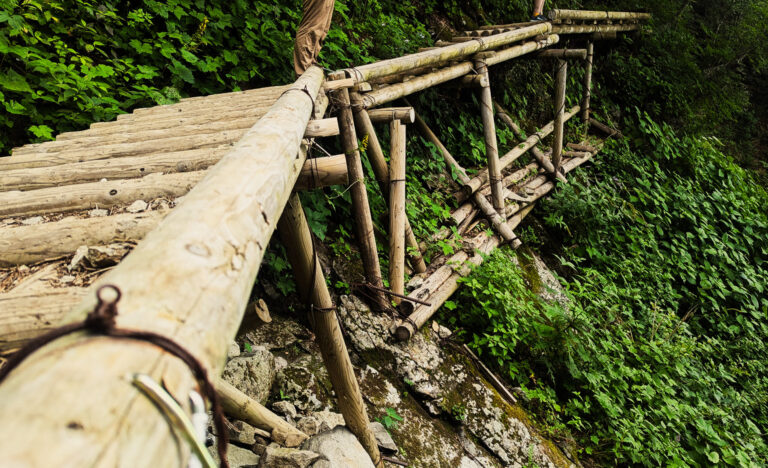

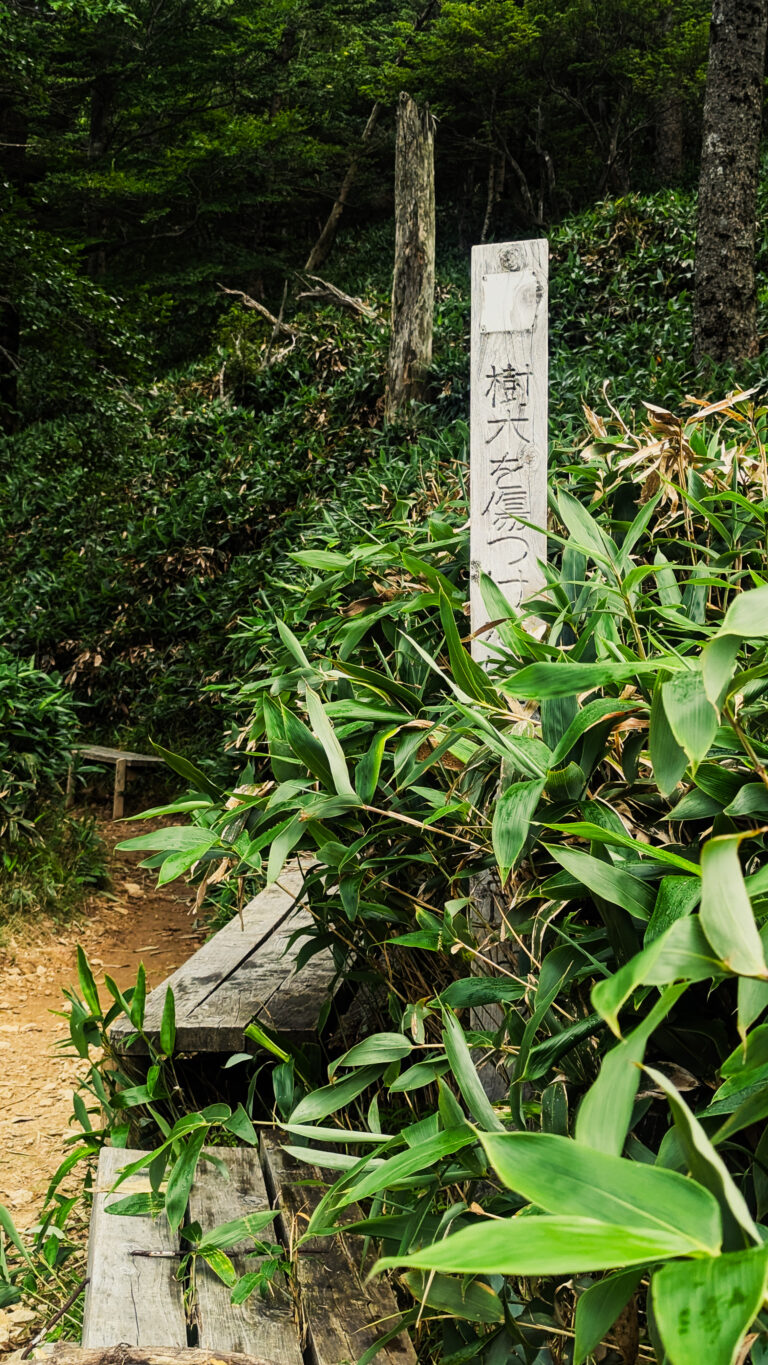
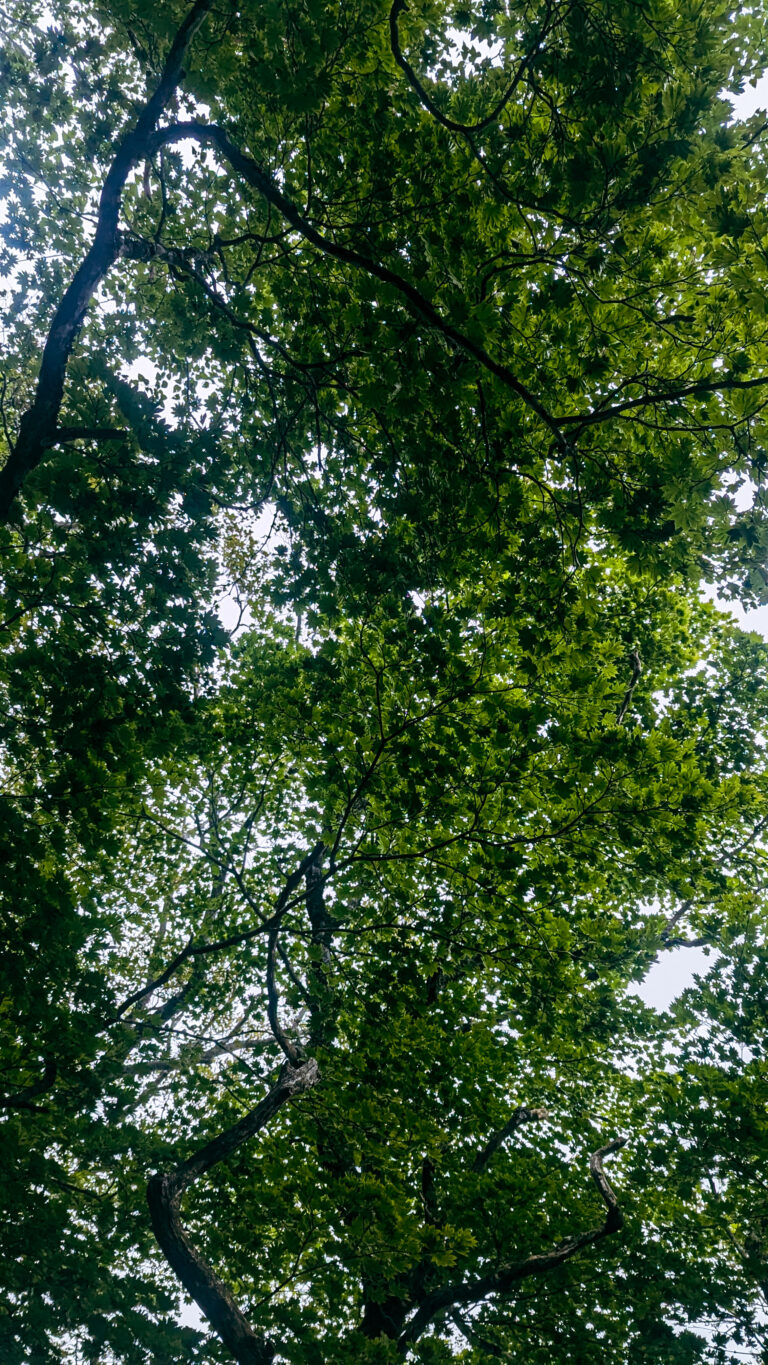

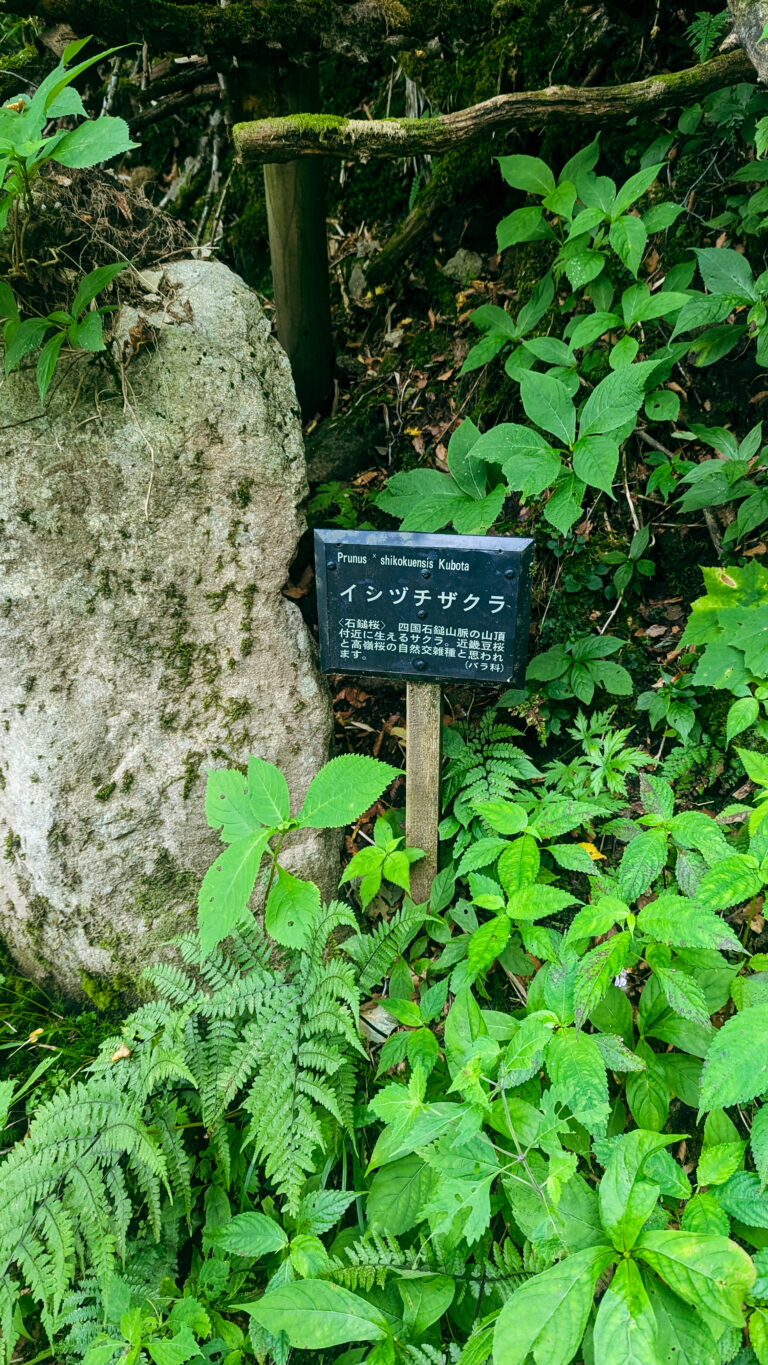
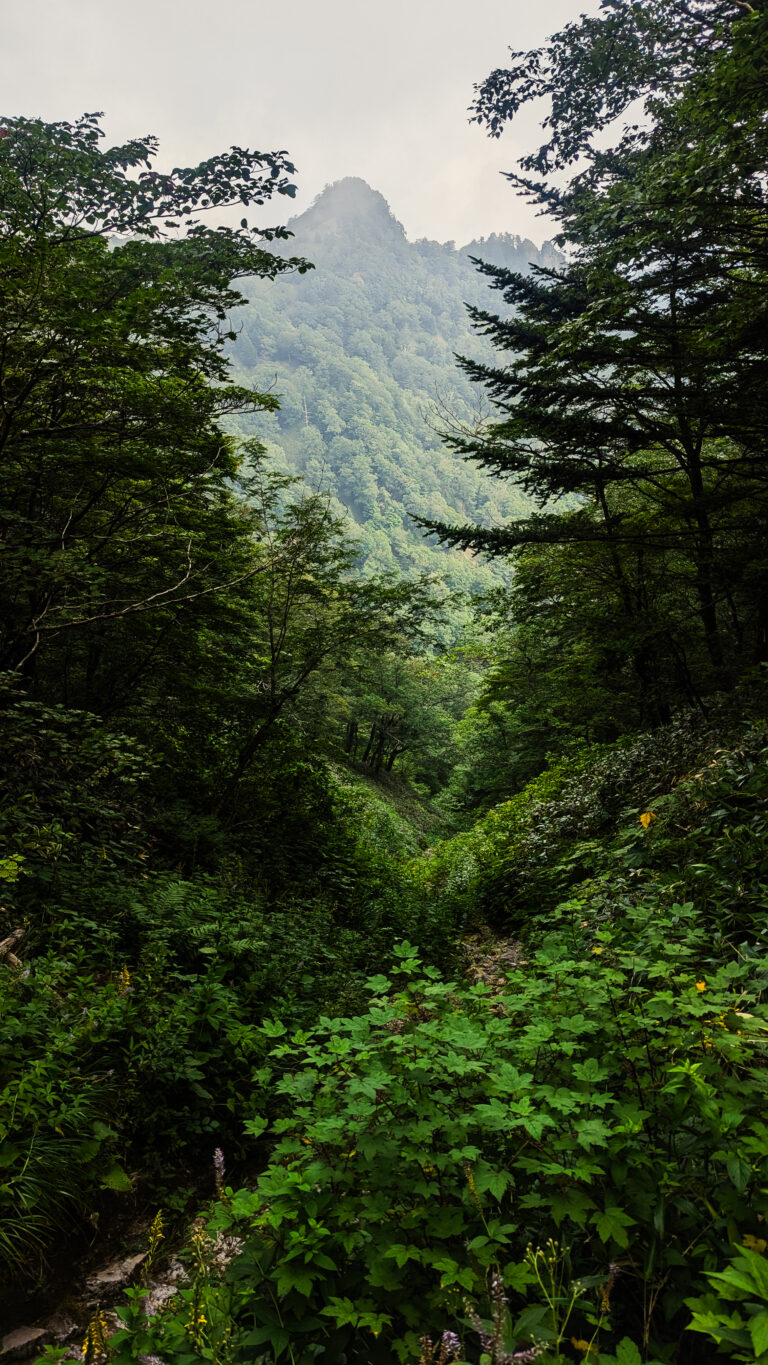
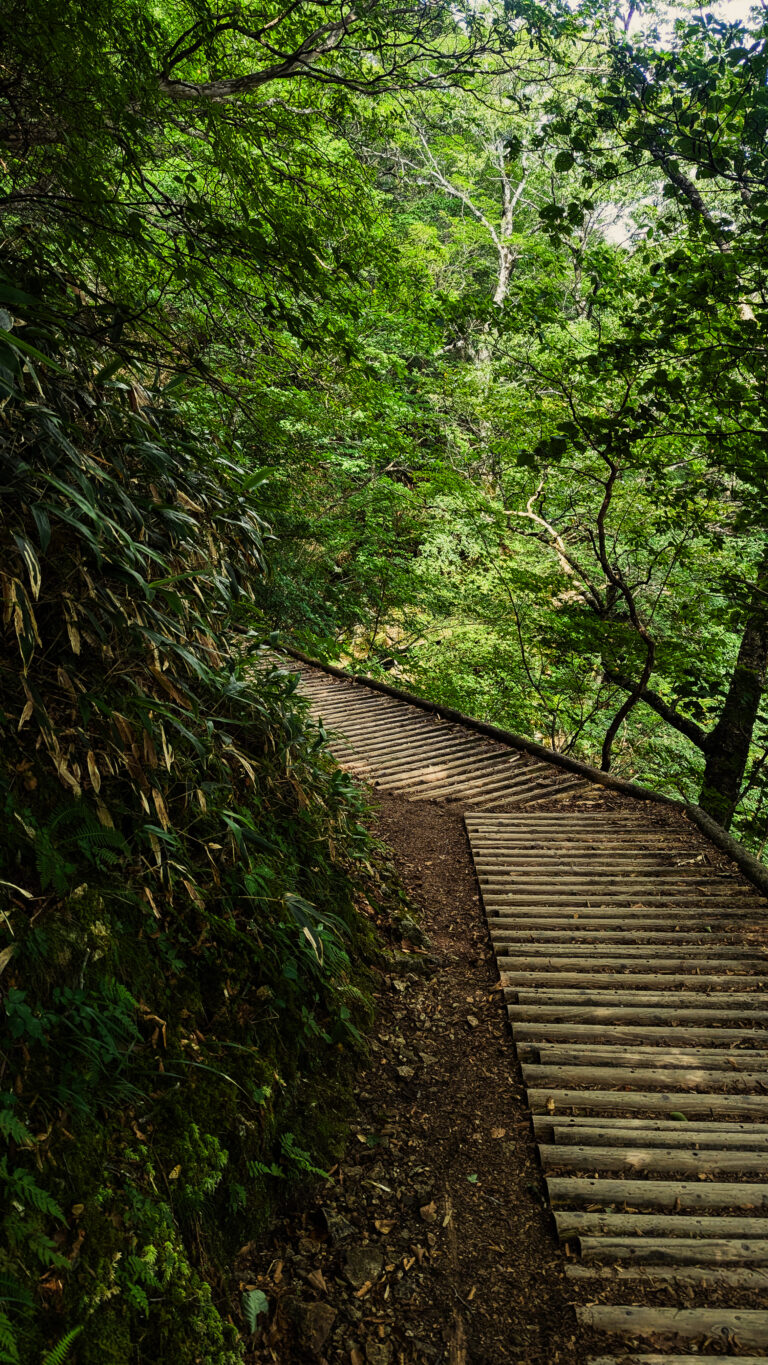




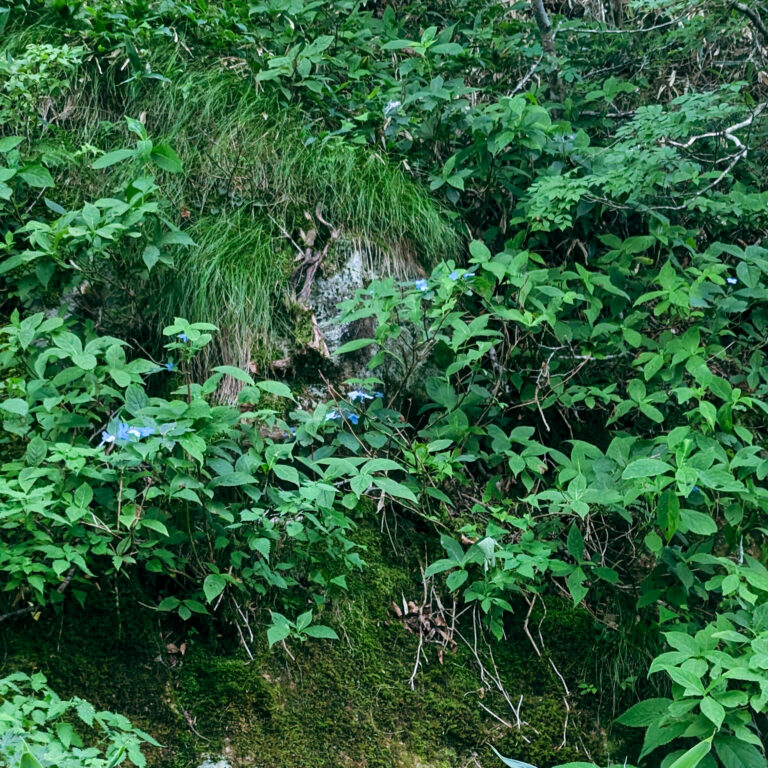

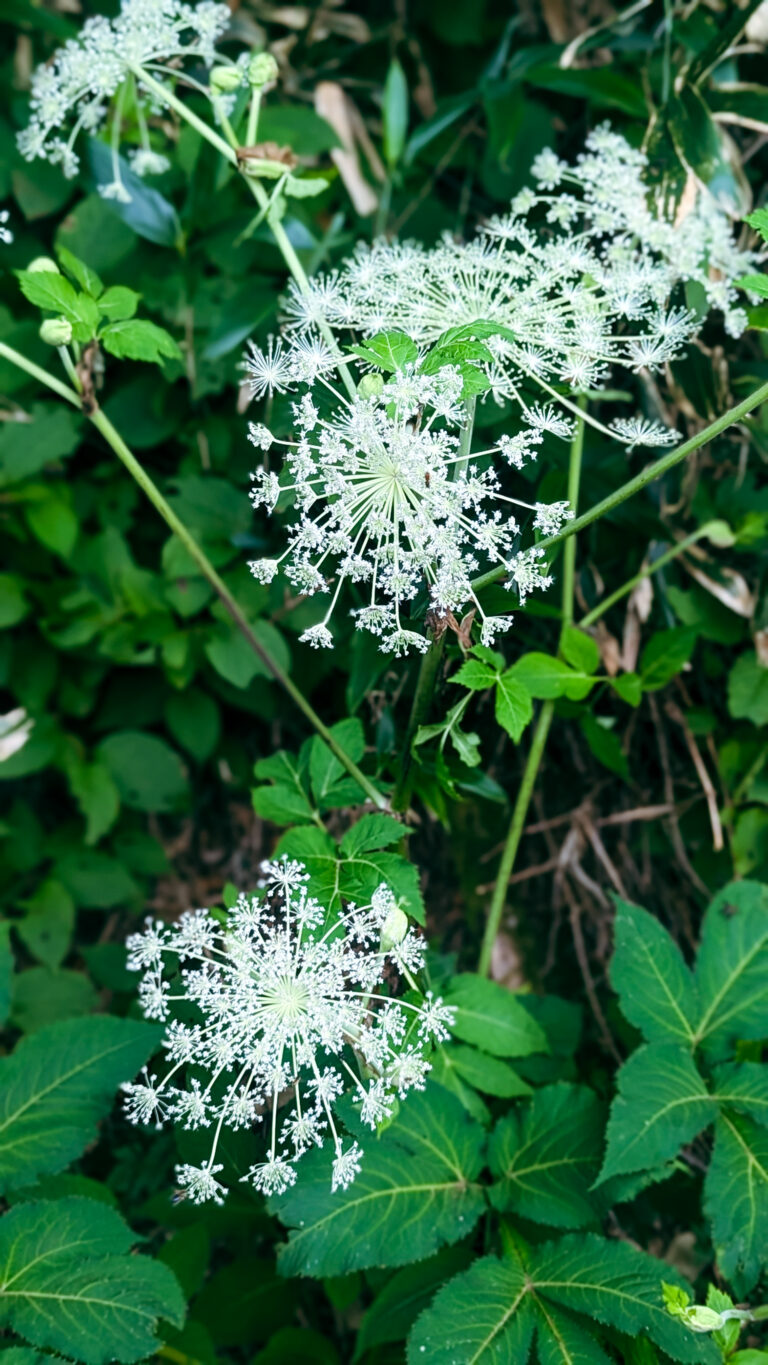
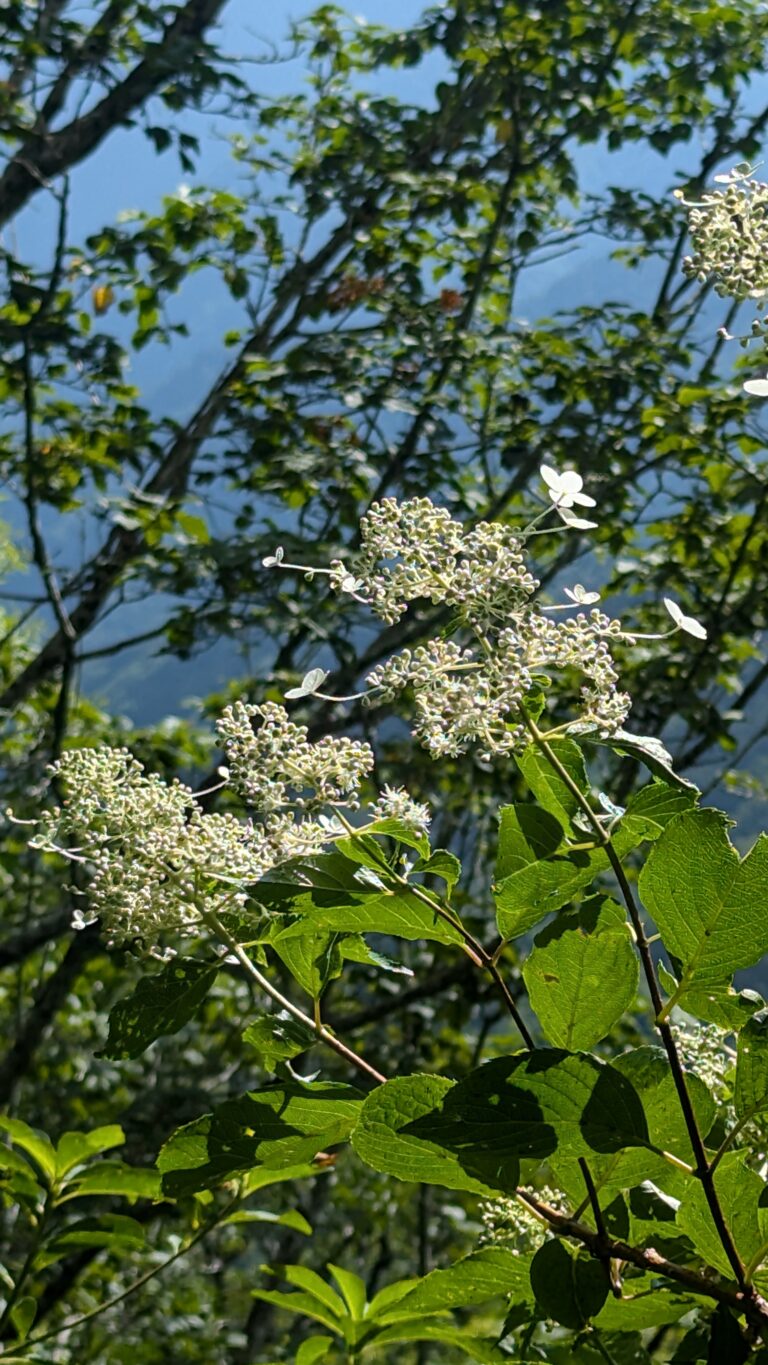


I enjoyed reading of the wonderful experience that your journey in Japan has gifted you!